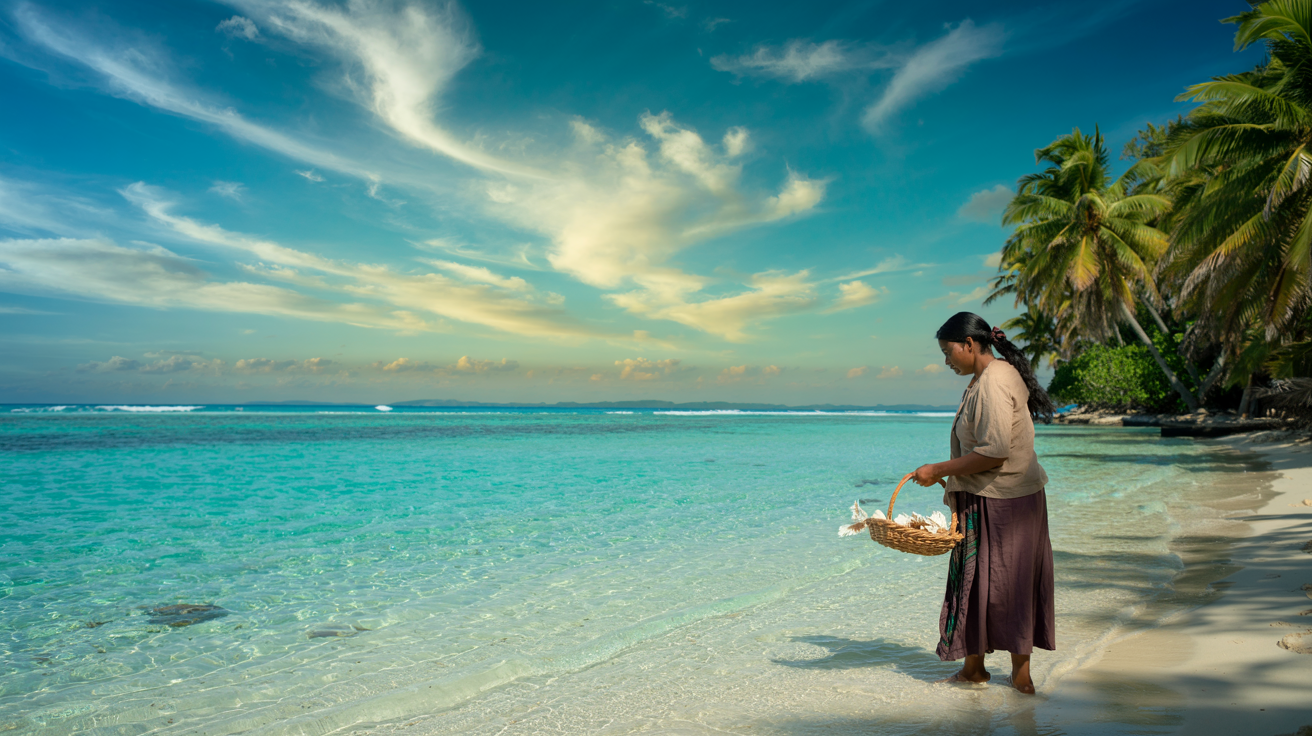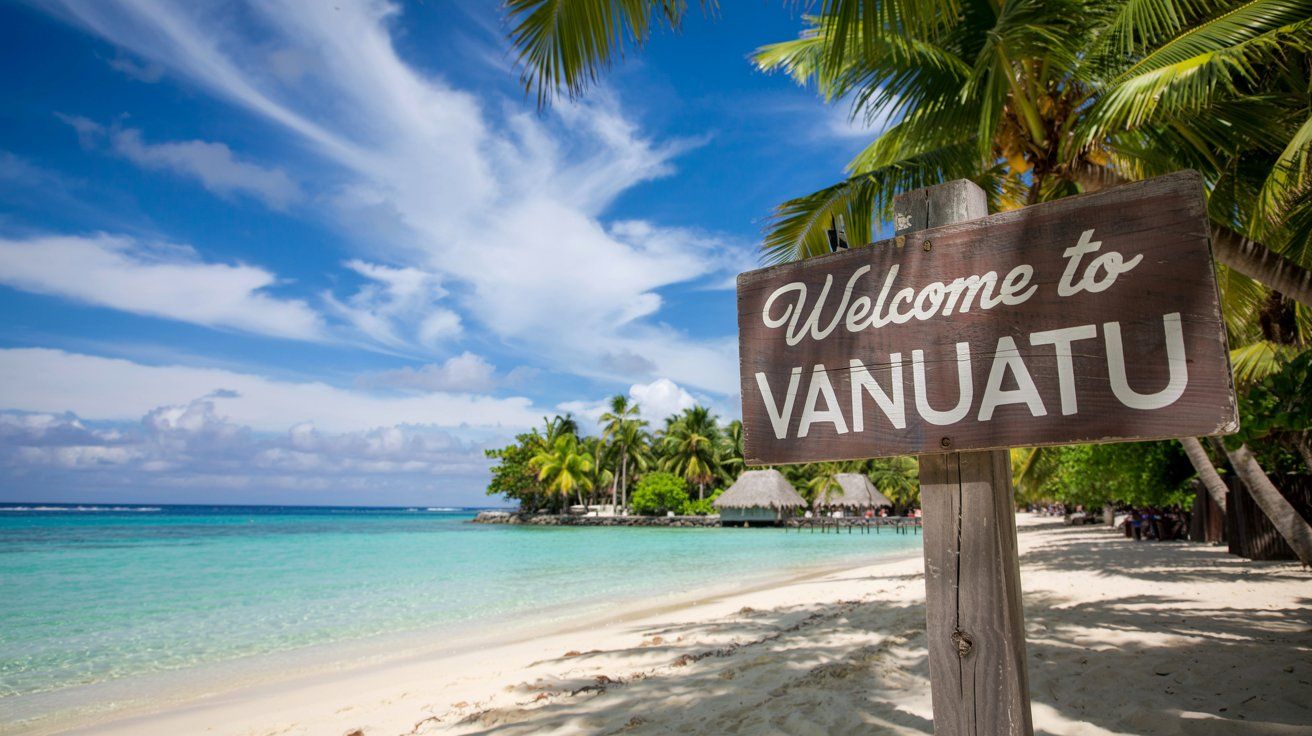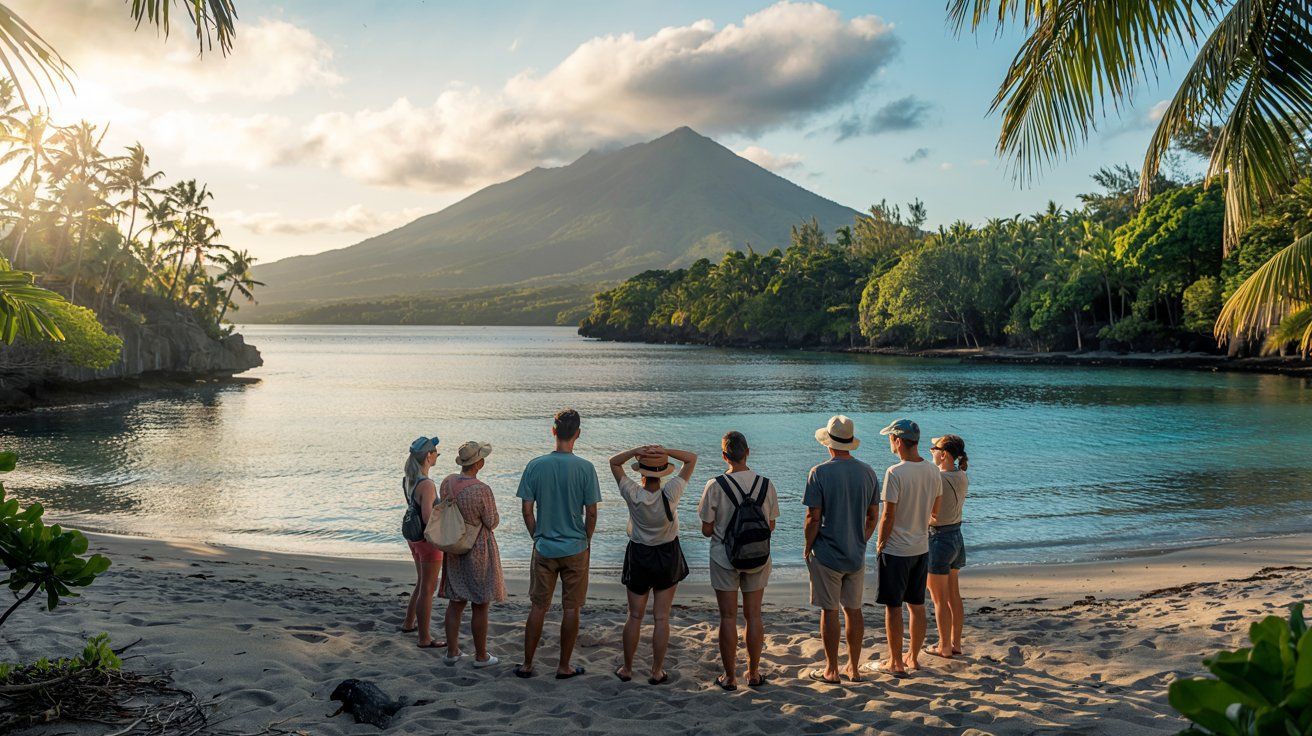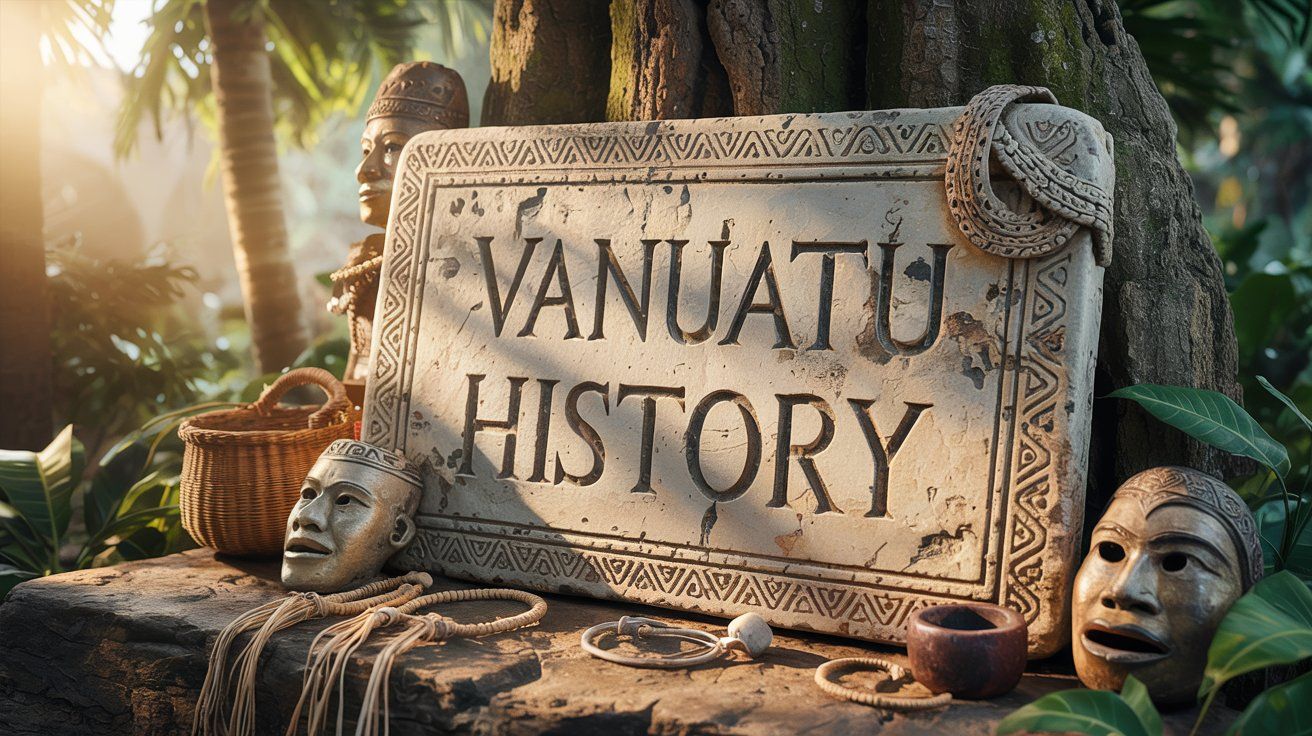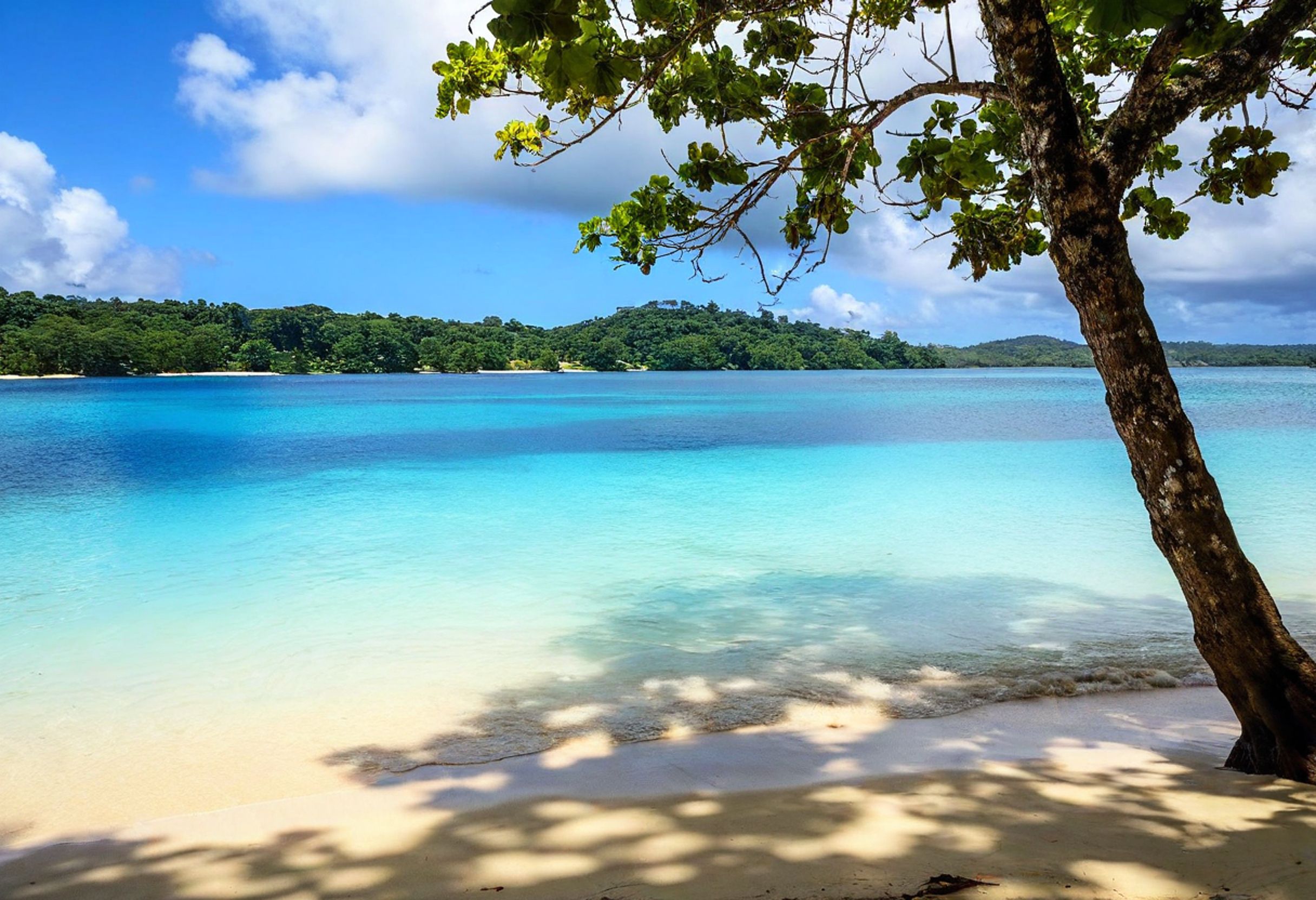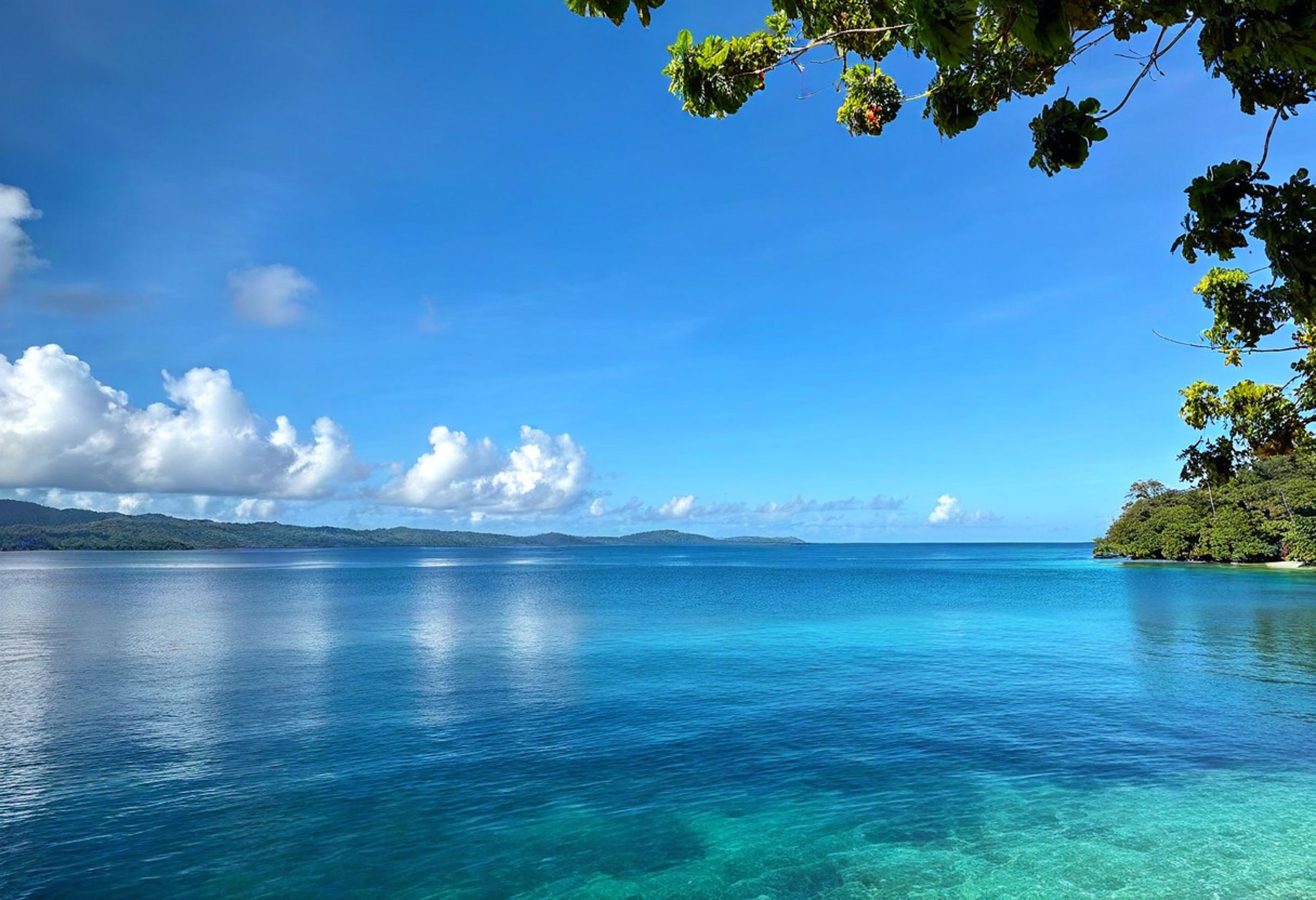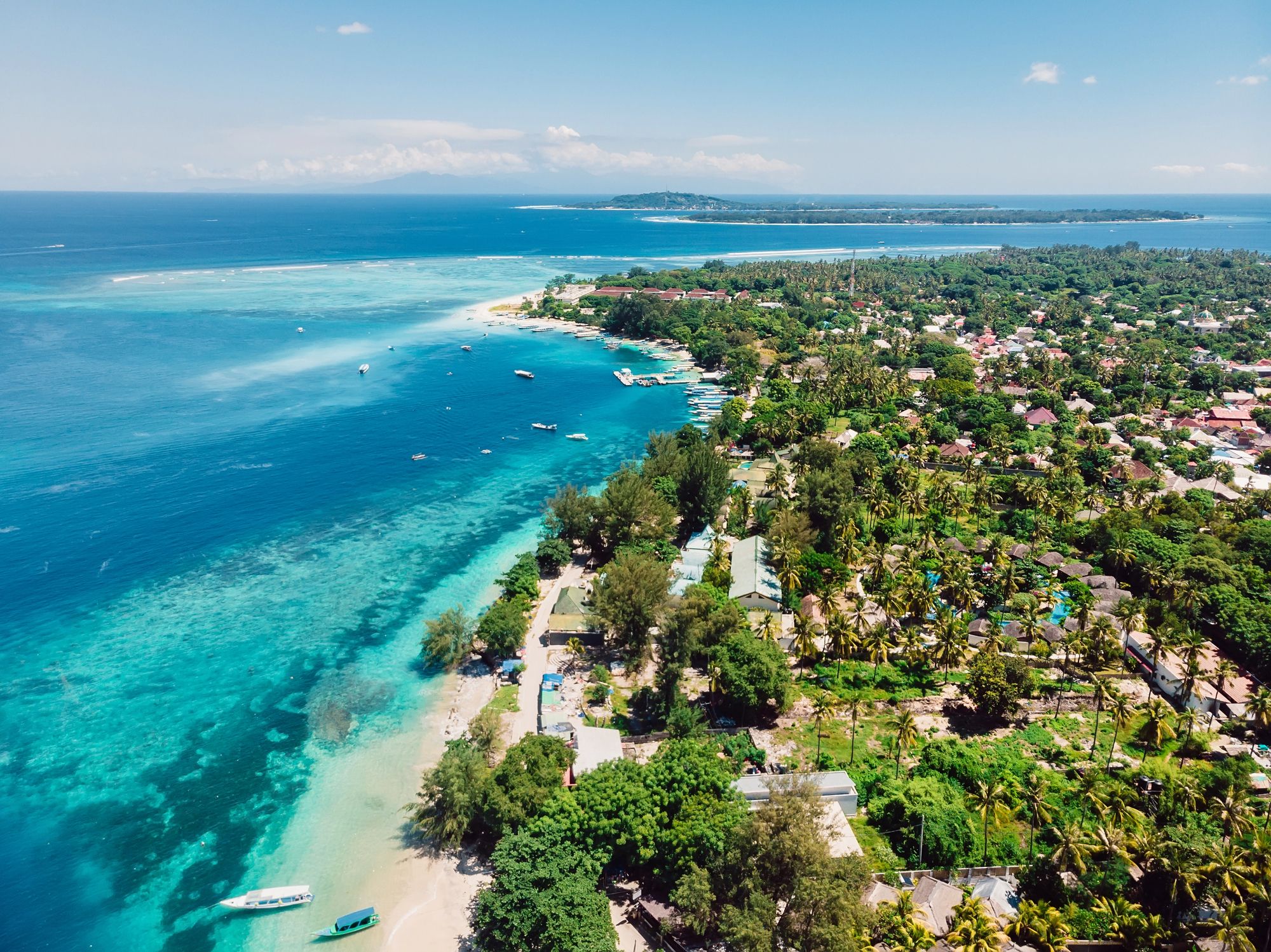The U.S. Department of the Interior has announced a groundbreaking proposal to extract critical minerals from the seafloor near American Samoa. This has sparked debates about sustainability, national security, and the long-term impacts on marine ecosystems.
This initiative, led by California-based Impossible Metals, involves the first consideration of a seabed mining lease in 30 years. It brings global attention to the delicate balance between innovation and preservation.
From overwater bungalows to beachfront resorts, find your perfect stay in this island nation of more than 80 islands. Instant booking with best price guarantee!
Browse Accommodations Now
While the prospect excites industries dependent on high-tech manufacturing and batteries, concerns about local communities and international maritime law loom large.
Critical Minerals: National Security vs. Environmental Impact
Interior Secretary Doug Burgum highlighted the importance of seabed mining as part of the national strategy to secure critical minerals needed for economic growth and national security. As supply chains shift and global demand for materials such as cobalt and nickel skyrockets, seabed mining offers an opportunity to tap into underutilized resources.
These minerals are invaluable for manufacturing electronics, renewable energy batteries, and advanced technologies.
Environmental Concerns Pose Big Questions
Despite the economic appeal, seabed mining is not without controversy. Environmentalists and scientists have long raised red flags about its potential impact on marine biodiversity.
Mining the ocean floor could disrupt habitats, endanger species, and damage ecosystems critical to the health of our oceans. Indigenous communities and Pacific island nations, including American Samoa’s population, are being called upon to weigh in as stakeholders in this decision.
The Bureau of Ocean Energy Management has opened avenues for public input via the Federal Register. Indigenous voices, ocean users, and environmental advocates are invited to share their concerns.
International Tensions: Ocean Governance in Jeopardy
On the global stage, the International Seabed Authority (ISA) has taken a cautious stance against unilateral seabed mining activities outside U.S. waters. Under the United Nations Convention on the Law of the Sea, areas beyond national boundaries are designated as the “common heritage of humankind.”
These zones are meant to serve future generations, not individual countries. ISA Secretary-General Leticia Reis de Carvalho warned that actions like this could destabilize international ocean governance.
American Samoa’s Strategic Importance
Located in the heart of the South Pacific, American Samoa represents a critical node in U.S. control over maritime resources. Its seabed territories came under the jurisdiction of the Interior Department in 1956, boosting visibility as a potential hotspot for industrial activity.
However, this proposed lease also has the potential to impact local fishing communities and the island nation’s renowned cultural connection to the ocean.
American Samoa’s relationship to the ocean forms a cornerstone of its identity, ranging from sacred traditions like fishing and navigation to its role as a protector of biodiversity.
New Research Fuels the Debate
Secretary Burgum recently promoted the “U.S. Geological Survey Global Seabed Mineral Resources” guide. This research aims to bolster understanding of the critical minerals within U.S. waters, providing scientific backing to initiatives like Impossible Metals’ lease proposal.
The future of these resources—whether used for batteries in electric cars or components for mobile devices—may very well lie beneath the surface of our oceans.
What Happens Next?
The lease proposal marks just the beginning of a long process. From public consultations to environmental impact assessments, every step will require thorough vetting before groundbreaking begins.
Stakeholders across Indigenous communities, the U.S. government, international organizations, and conservationists will be pivotal in shaping how seabed mining unfolds near American Samoa.
Why Vanuatu’s Example Matters
For travelers, scholars, and conservationists looking to better understand the intricacies of Pacific island governance, the nearby archipelago of Vanuatu serves as a compelling case study. Vanuatu has long prioritized sustainability and marine stewardship, leveraging its local expertise to defend against harmful superpower-driven projects that could devastate its fragile ecosystems.
Protected marine areas and eco-tourism initiatives showcase how islands can thrive while still balancing global pressures. American Samoa’s current situation recalls conversations happening across the Pacific.
If you’re heading to Vanuatu, visiting spots like the Efate Coral Reef or the Shepherd Islands provides both a relaxing escape and educational insight. Vanuatu’s ongoing commitment to its environment offers lessons that resonate far beyond its borders.
Here is the source article for this story: U.S. Eyes Request To Extract South Pacific Ocean Minerals Near Samoa
Find available hotels and vacation homes instantly. No fees, best rates guaranteed!
Check Availability Now

